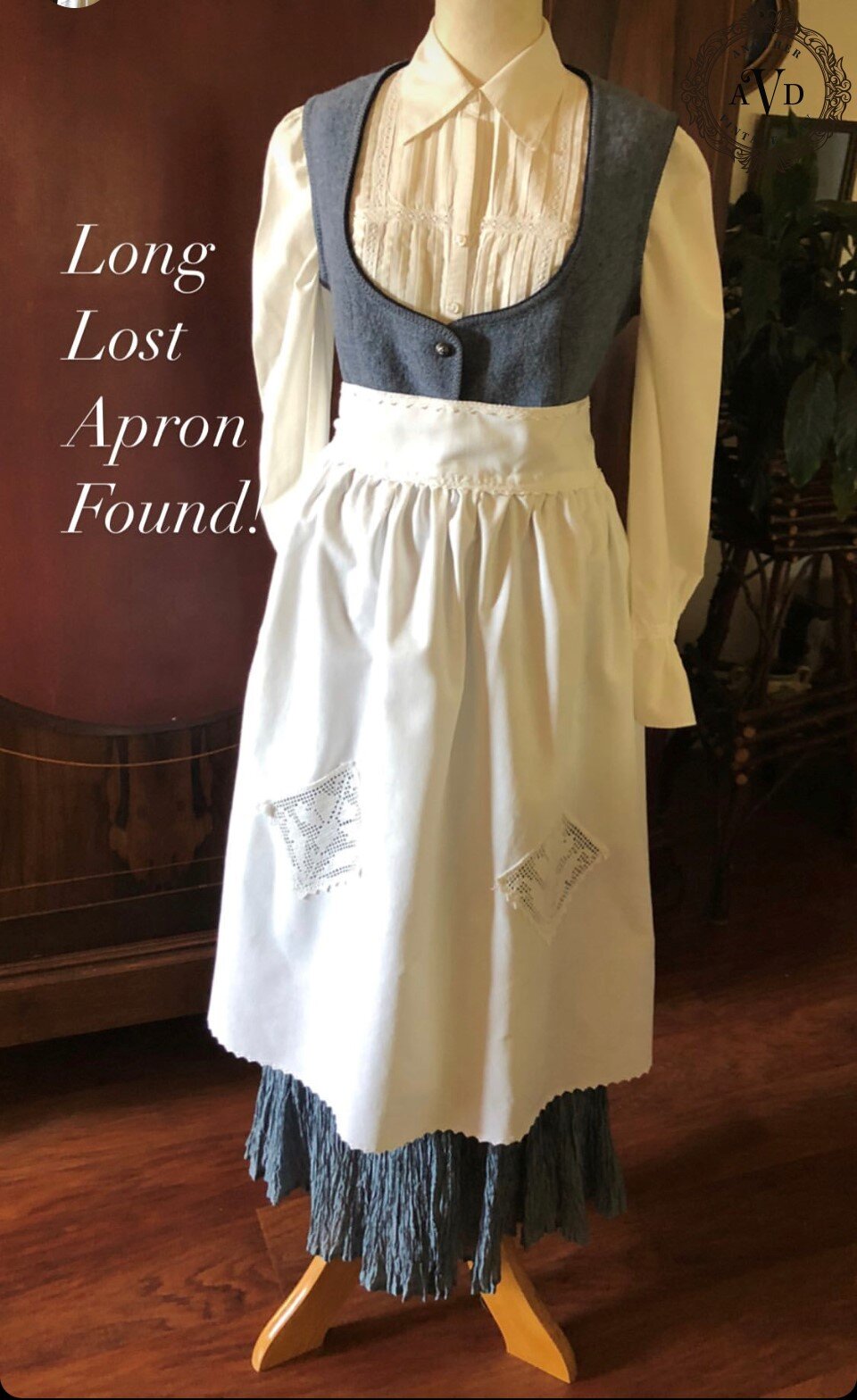
The Vintage Kitchen - The Heart
of the Home
All it takes to cook vintage style is to begin with the word, “Let’s!”
Preparing a meal during previous eras was no easy feat. It was hard work! Nothing was “instant” - no microwaves, no “packaged” meals were available. It was all done by hand and with very little waste. Your refrigerator was a root cellar; cabinetry was a luxury; stepladders were cleverly designed to fold in on themselves, doubling as chairs; and cooking was even more of an art. With the advent of various appliances, working in the kitchen became less time-consuming and arduous. Let’s take a look at some facts about the vintage kitchen.
The Contents of the Vintage Kitchen
Imagine the amount of heat generated by an open fire, fueled constantly, as it was used for cooking, boiling water for bathing and washing clothing - now imagine the effect all of that heat had on the rest of the home. During the winter, that heat would have been welcomed, but not so much during the warmer months of the year.
Cooking over an open fire and producing something edible - that is an art! But by the late 1850s, cast iron ranges replaced the kitchen’s open fire, fueled by wood or coal. “The Kitchener,” as it was called, was quite the innovation and so much more convenient than determining how to regulate temperatures by raising and lowering pots over open flames. Then came the beauty pictured to the left: the O’keefe and Merritt Stove. This 1950s modernization was and still is a fabulous stove on which to cook.
The precursor of today’s kitchen island was a simple work table. Food storage, the placement of cabinets, and the range (and fuel needed to run it) were all set according to convenience. The range had to be placed so that smoke and heat expelled were not pervasive throughout the home.
The Advent of Refrigeration
Before “indoor” refrigeration was possible, salting meats and canning fruits and vegetables were the norm to safeguard against spoilage. Root cellars helped preserve potatoes and the like during winter months. The “ice box,” like the one pictured to the left, was considered a luxury. A block of ice was placed in the upper left compartment to keep foods cold throughout the unit. The cabinet was usually constructed of heavy oak, and the interior walls and flooring were made of zinc or tin.
The existence of the ice box was made possible by the arrival of “ice houses” that shipped ice to customers all over the world. Blocks of ice could be delivered to a home twice a week, or a customer could pick up a block at the local ice house.
The Kitchen Sink
As with most things in the vintage kitchen, the sink was set up for the convenience of the user. Between 1900-1920, urban areas began to connect homes to “city water.” No longer would you have to pump water from the well and haul it indoors - now it would be available inside the home. Sinks were made much like today’s “farm sinks” in that they were sizeable and somewhat deep - depending on the user’s desire, and were typically a stand-alone fixture.
This welcomed addition to the home was soon followed by warm water tanks. Heated water was readily available for kitchen and bathroom use.




The Vintage Apron
From the upscale, embroidered half-aprons fashionably worn by nobility in the 1500s, to the late 1600s design donned by Pilgrims and Quakers who had traveled to the New World, to the 1700-1800s when these garments shielded the wearer from the shoulders to the knees, the apron has been both a practical article of clothing and a fashion statement.
The idea of using a feed or flour sack to craft an apron became popular in the 1920s and 30s, making it a utilitarian and economical garment, but since the 1940s, aprons have returned to being chic and trendy as opposed to being just serviceable.
There are myriad types of aprons other than just a half apron which tied at the waist and covered the front of the wearer’s skirt or a full apron, which covered from the shoulders to the knees. Other types of aprons include:
Pinafores, which were “pinned” at the shoulders
Smocks, which you may remember wearing as a child, were more like a dress and were worn for gardening and painting
Cobbler aprons covered both the front and back and would tie on the sides
Chefs’ or Butchers’ aprons looped around the neck and tied at the back
Hostess aprons were half aprons that were more frilly than functional, adorned with lace and ruffles.
Previous: My Vintage Story Next: The Best-Kept Secret of the Early 1900s Kitchen




